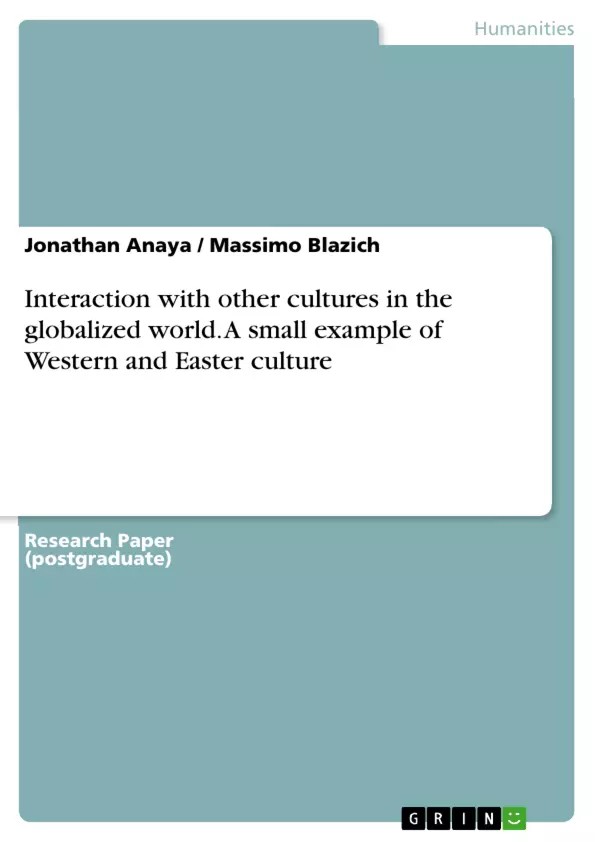Culture touches various forms of human life and as such is at the base of the social reagent and of the pure interaction between people in the social context.
Interacting with other cultures is very important in the age of globalization. Often, however, behaviors can be completely different, and you can interpret ways and situations in totally different ways. A gesture, reasoning, can be offensive to others or may simply have different meanings. This happens both in the world of work and also in family social relations.
The effects of culture can often become others in other cultures. In fact, it is not said that a virtuous gesture in one is read in the same way through the eyes of another culture. A direct investigation approach is essential to recalibrate our cultural perception and project it correctly into the new cultural context. Cultural intelligence and adaptation are crucial elements for achieving a good starting result.
Table of Contents
- Abstract
- Introduction
- Cultural complexity
- Colombia x Italy x Philippines
Objectives and Key Themes
This text examines the challenges and considerations of interacting with different cultures in a globalized world. It uses the example of Italy, Colombia, and the Philippines to highlight the importance of understanding and adapting to cultural differences. The text emphasizes the need for cultural intelligence and adaptation, particularly in the context of international business and management.
- Cultural diversity and its impact on social interaction
- The importance of cultural intelligence and adaptation in a globalized world
- The role of culture in business and management
- Comparing and contrasting different cultural models (e.g., individualism vs. collectivism)
- The influence of cultural differences on interpersonal relationships and communication
Chapter Summaries
- Abstract: The abstract provides a brief overview of the importance of interacting with other cultures in a globalized world and the potential challenges associated with cultural differences in communication and behavior. It highlights the need for cultural intelligence and adaptation.
- Introduction: The introduction explores the concept of culture as an iceberg, with the visible manifestation being only a small part of the cultural background. It emphasizes the significance of understanding cultural differences in business and management, especially in a globalized economy.
- Cultural Complexity: This chapter introduces Hofstede's cultural dimensions (individualism-collectivism, power distance, uncertainty avoidance, and masculinity-femininity) as starting points for understanding cultural diversity. It highlights the differences between individualistic and collectivist cultures and uses Western, Latin American, and Asian cultures as examples.
- Colombia x Italy x Philippines: This section presents a graphical comparison of Italy, Colombia, and the Philippines based on Hofstede's cultural dimensions. It highlights the significant cultural differences between these three countries and discusses the implications of these differences for intercultural interaction.
Keywords
The main keywords and focus topics of this text include cultural diversity, globalized world, intercultural communication, cultural intelligence, adaptation, Hofstede's cultural dimensions, individualism-collectivism, power distance, uncertainty avoidance, masculinity-femininity, Italy, Colombia, Philippines, international business, management, and intercultural relationships.
- Quote paper
- Jonathan Anaya (Author), Massimo Blazich (Author), 2019, Interaction with other cultures in the globalized world. A small example of Western and Easter culture, Munich, GRIN Verlag, https://www.grin.com/document/511780



